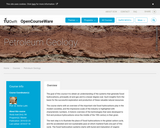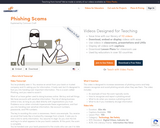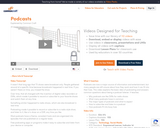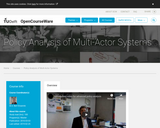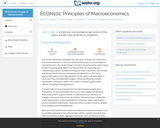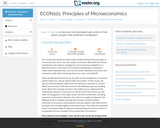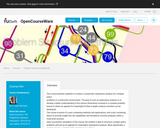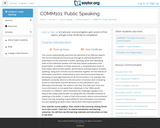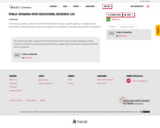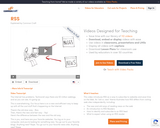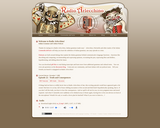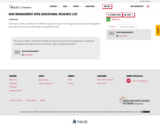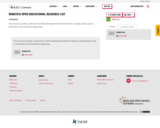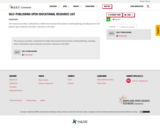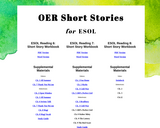This site contains links to PDF and Word versions of workbooks, along with supplemental materials, for ESOL Reading 6, 7, and 8.
Reading 6 Course Description:
Presents reading as a process that involves determination of purpose, selection and adjustment of strategies, analysis and reflection of underlying meanings, and integration of prior knowledge with new knowledge to address the purpose. Covers content comprehension, textual analysis, critical thinking skills, study skills, and language analysis at the high intermediate level. Includes reading diverse texts for a variety of purposes. Reviews pre-reading techniques and includes finding themes and main ideas, summarizing, paraphrasing, inferencing, and using context clues, word forms and common affixes.
Reading 7 Course Description:
Presents reading as a process that involves determination of purpose, selection and adjustment of strategies, analysis and reflection of underlying meanings, and integration of prior knowledge with new knowledge to address the purpose. Covers content comprehension, textual analysis, critical thinking skills, study skills, and language analysis at the advanced level. Includes reading diverse texts for a variety of purposes. Reviews pre-reading techniques and includes finding themes and main ideas, analyzing figurative language, summarizing, paraphrasing, inferencing, and using context clues, word forms and common affixes.
Reading 8 Course Description:
Presents reading as a process that involves determination of purpose, selection and adjustment of strategies, analysis and reflection of underlying meanings, and integration of prior knowledge with new knowledge to address the purpose. Covers content comprehension, textual analysis, critical thinking skills, study skills, and language analysis at the high advanced level. Includes reading diverse texts for a variety of purposes. Includes finding themes and main ideas, analyzing figurative language, summarizing, paraphrasing, evaluating sources and analyzing arguments, inferencing, and using context clues, word forms and common affixes.
